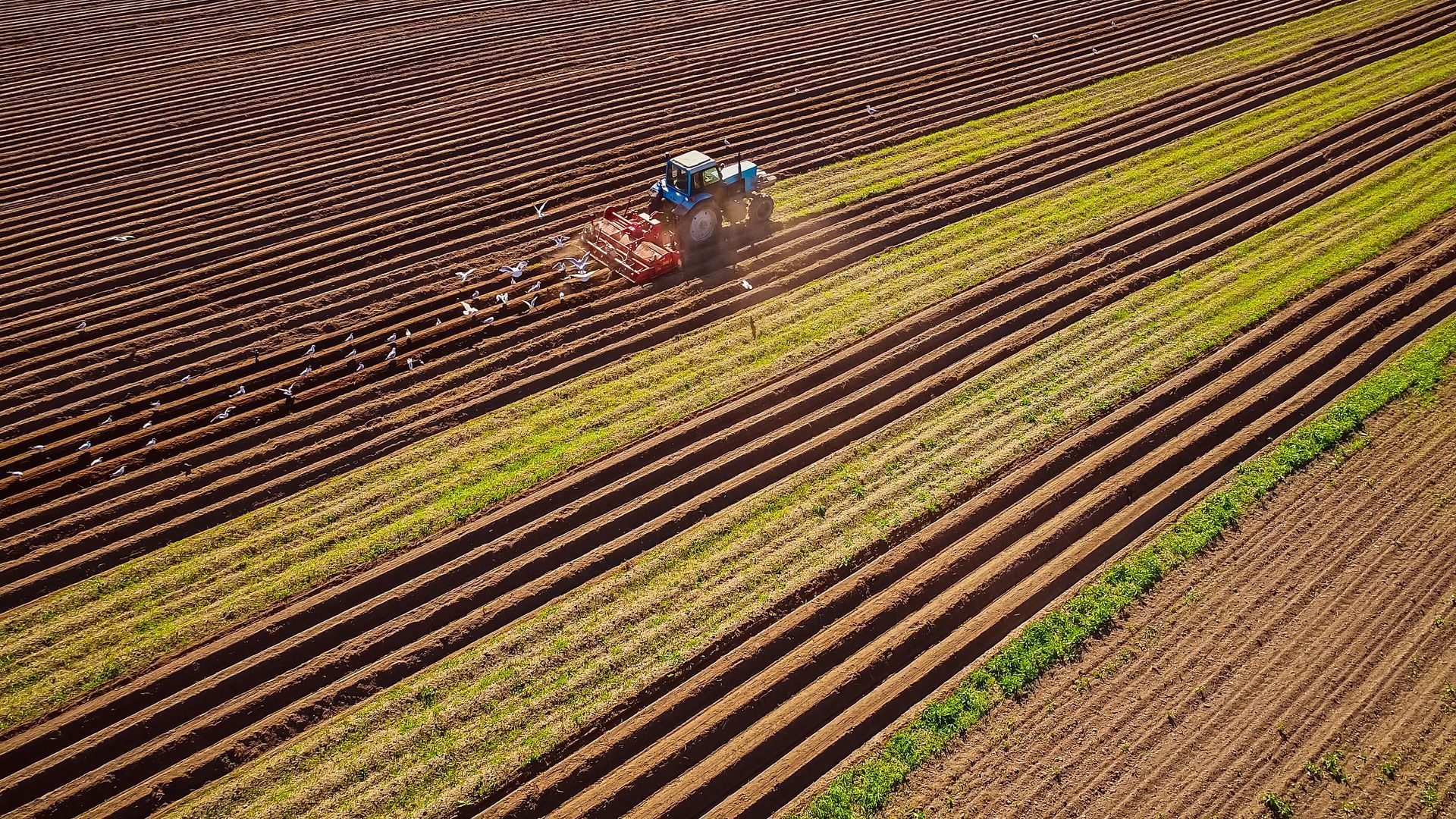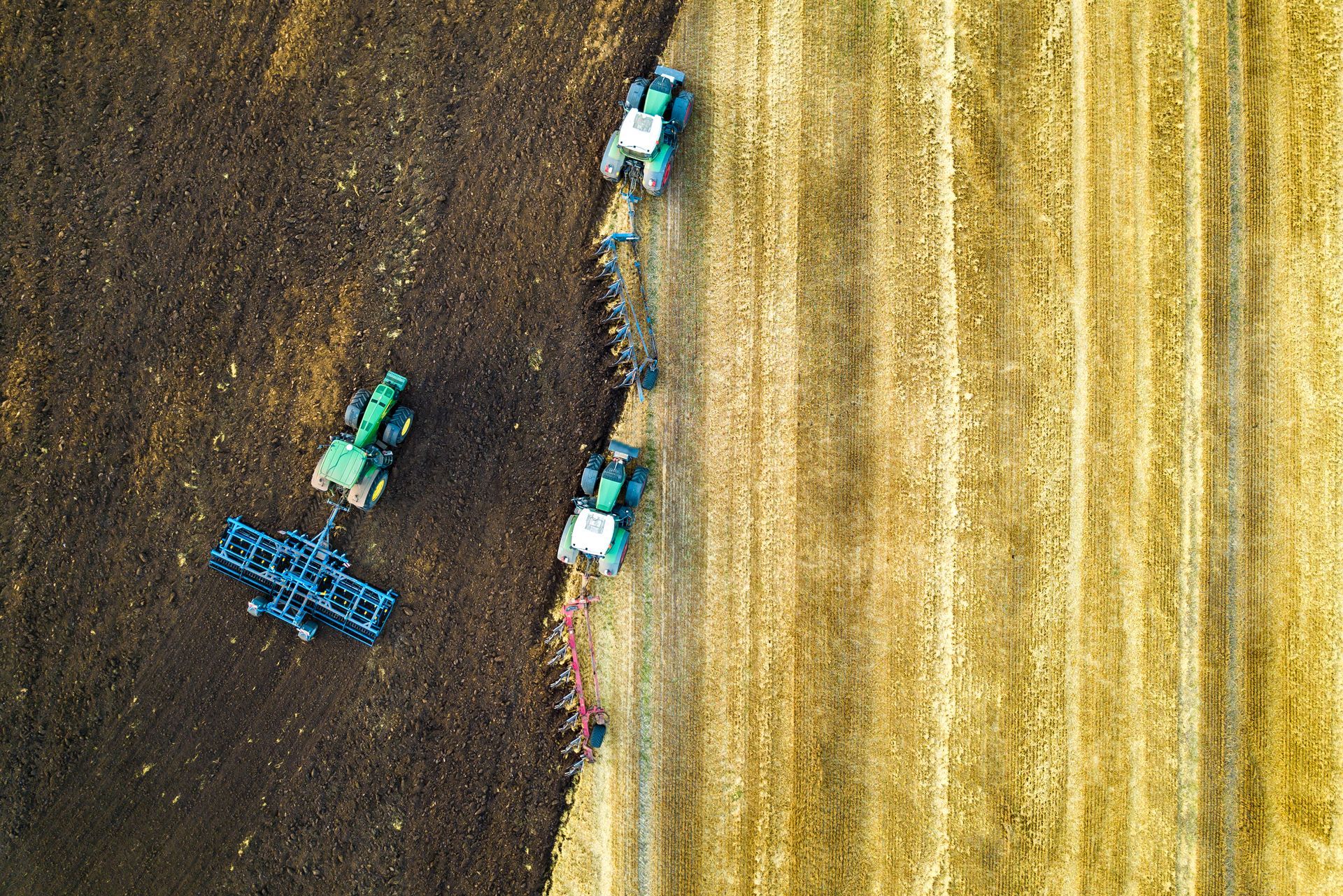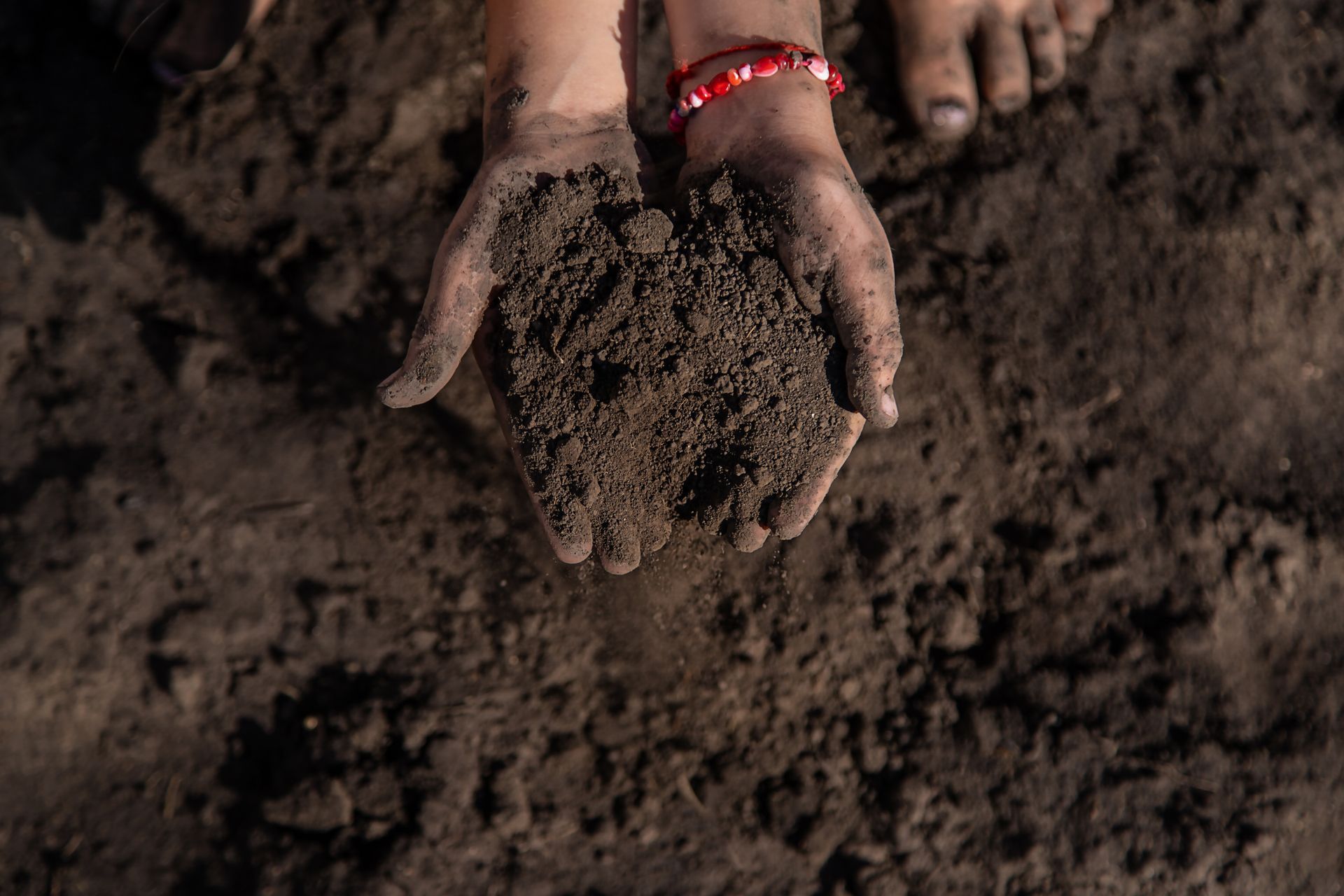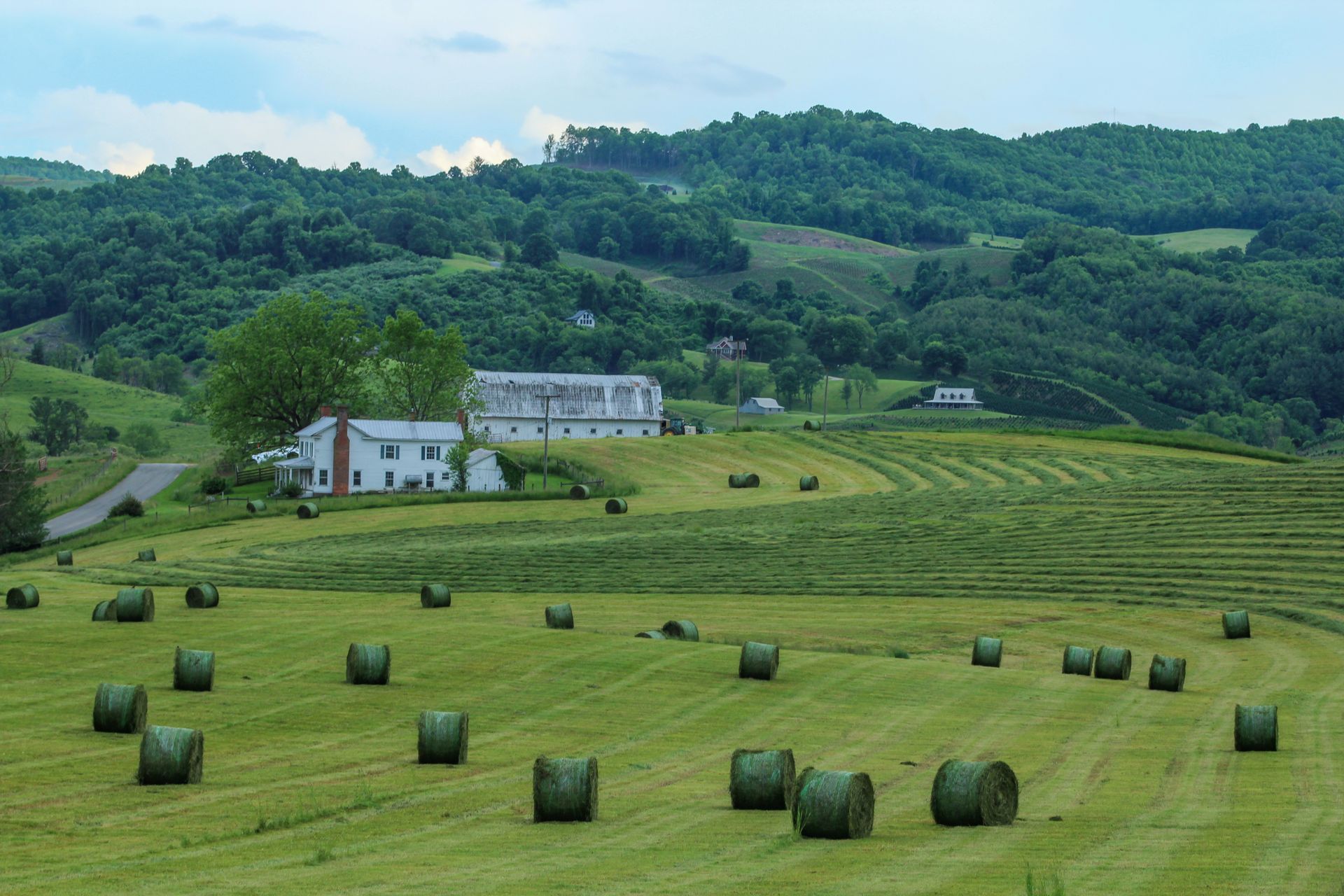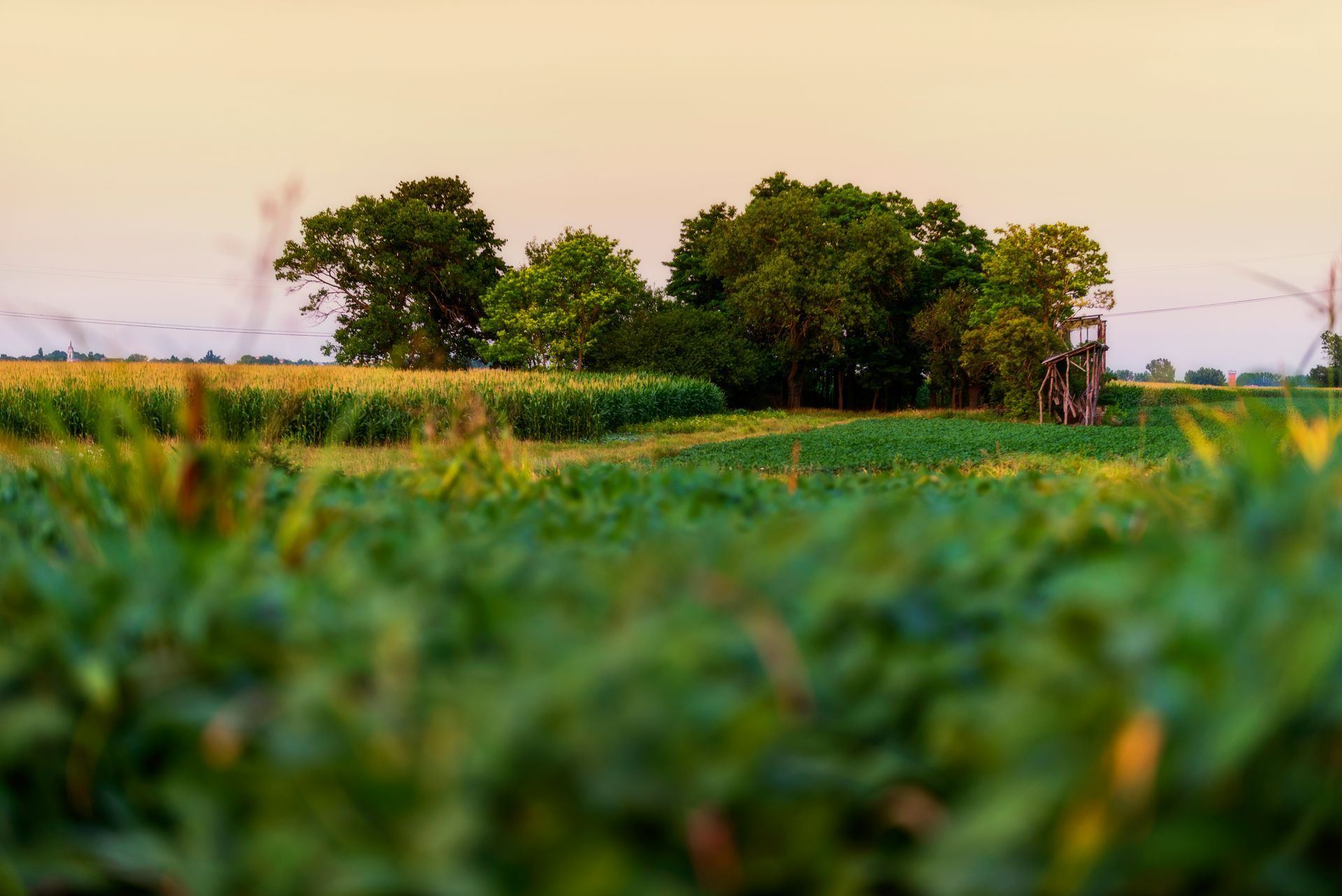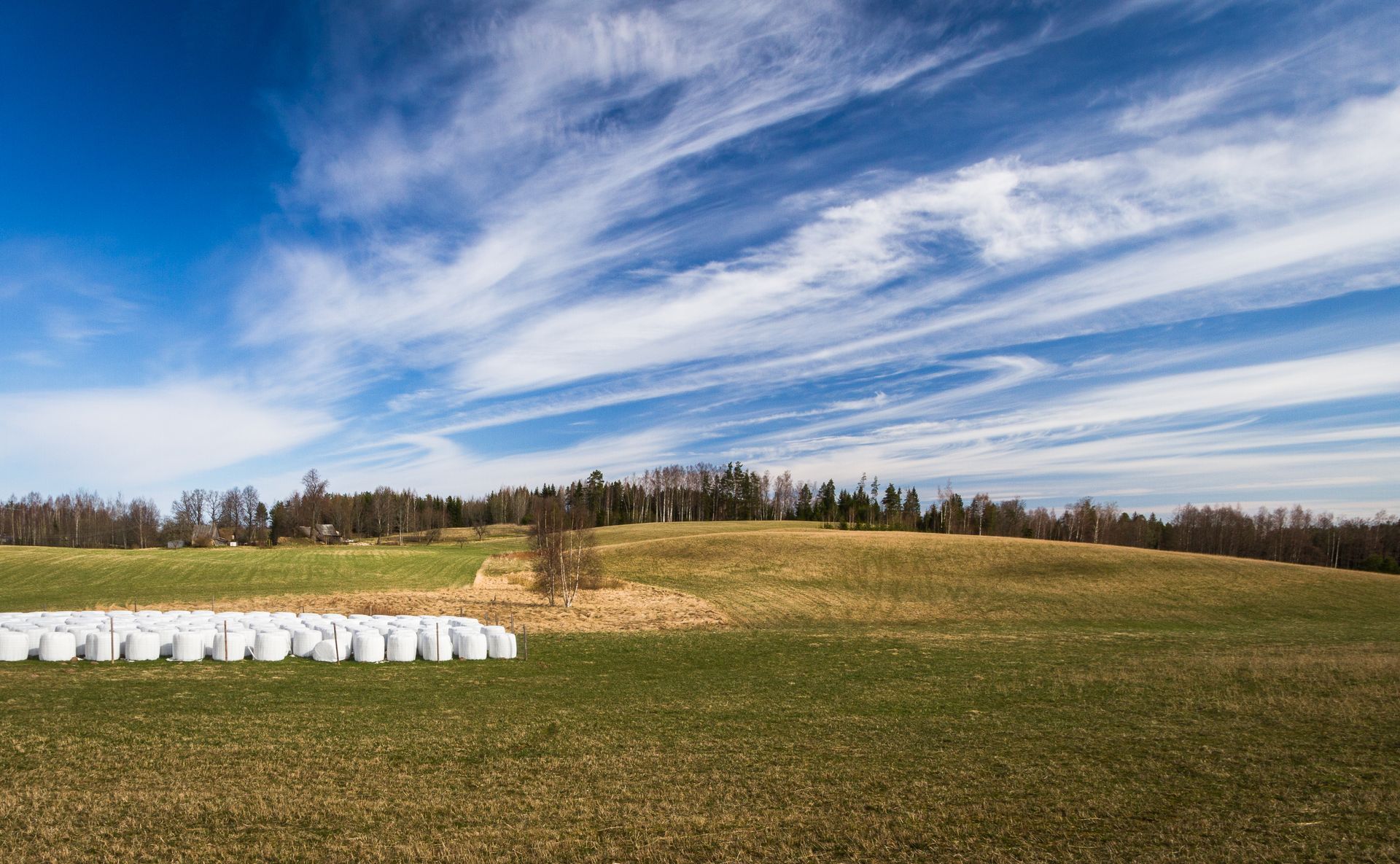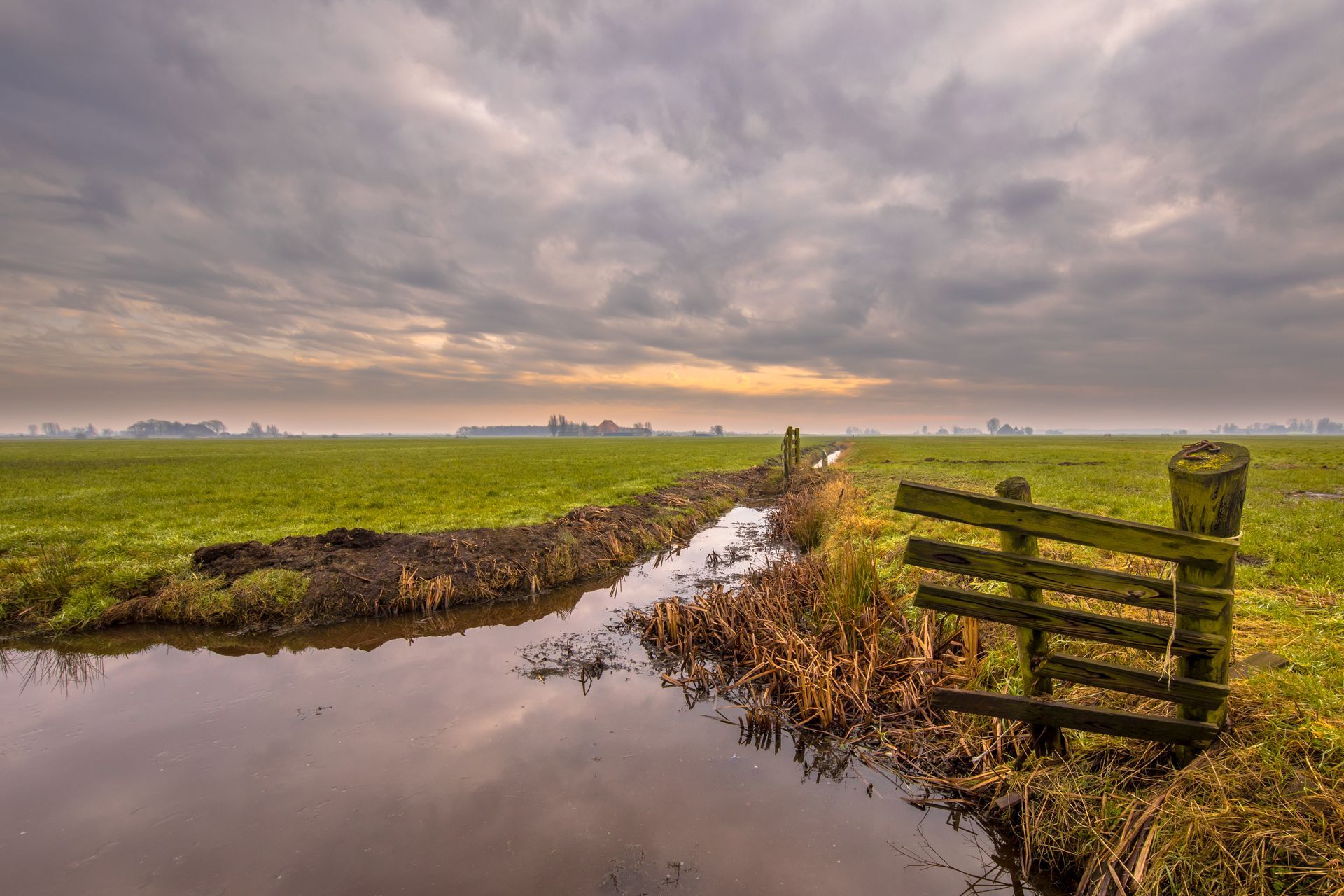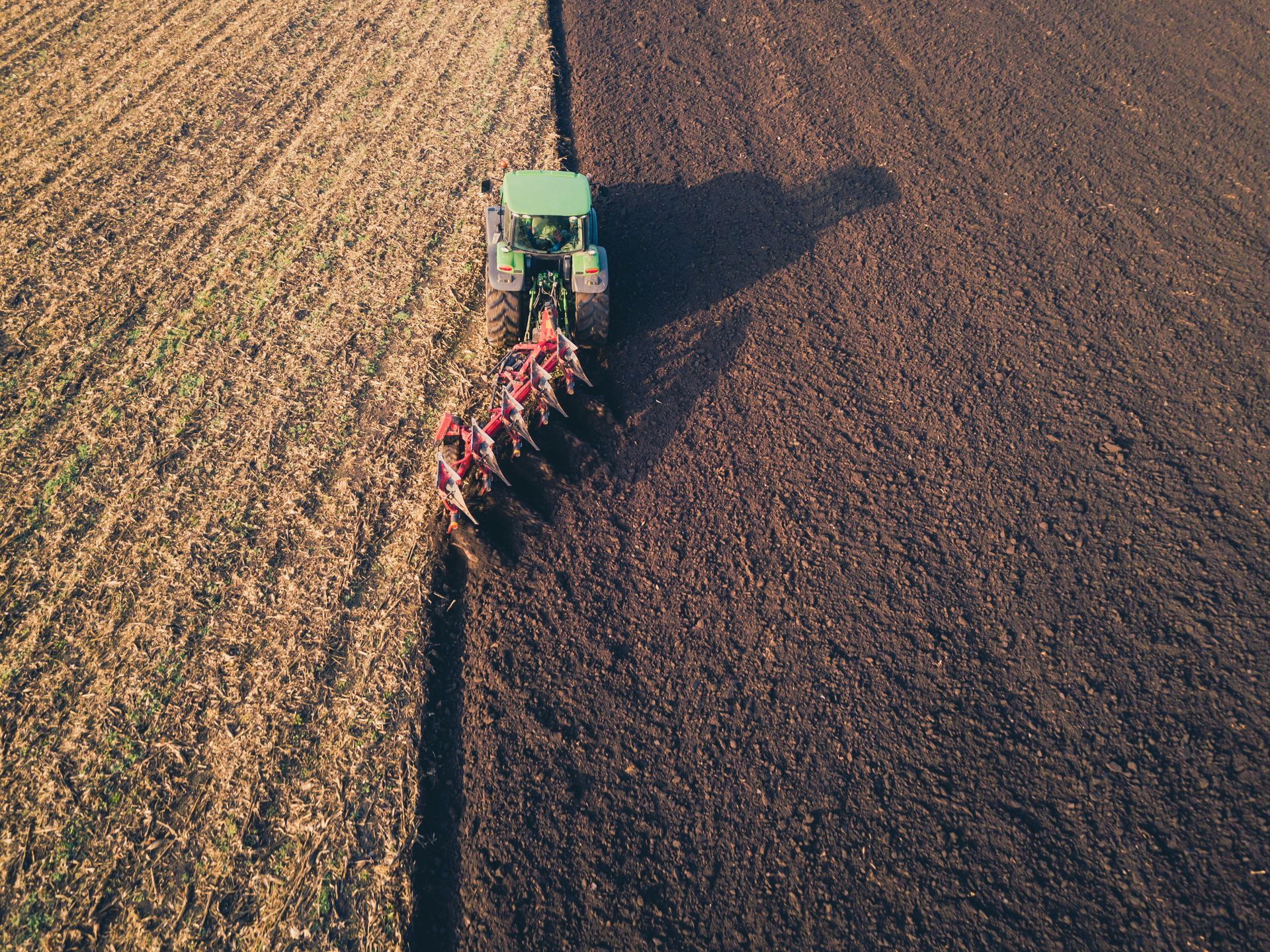
You and Your Soil
All crops of have a certain pH level for the soil it’s currently growing in that will be idea for that crop to grow, and in many cases won’t grow at all if the current pH level is too uncomfortable for the certain crop.
Soil Acidity Factors
Rainfall
Rain is one of the most common factors when it comes to changing the pH of your soil, whenever it rains, the water (H2O) combines with the earths natural carbon dioxide (CO2) to form into carbonic acid (H2CO3) which affects your soil in such a way that your soil will have a higher pH balance.
Subsoil Acidity
When checking your fields to ensure your crops will be comfortable with the soils balance make sure to not only check the surface soil levels, but also the levels 6 inches and deeper into the dirt.
Increasing the Soil pH
When looking to decrease your soil’s pH, ground limestone is your answer. Ground limestone comes in four different types of product. In ascending order of coarseness, starting with pulverized limestone, which is a fine powder, not that much unalike flour. Then next is granular and pelletized limestone, which are both very similar in size but the shape is different, granular is just normal crushed up limestone no larger than a small pebble, and pelletized is a smooth, rounded stone of limestone. And lastly is hydrated limestone, which comes in large chalky loose stones.
Decreasing the Soil pH
Most of them time when it comes to lowering your soil’s pH levels, there are two materials that are most commonly used among farmers and growers, which is aluminum sulfate and regular old sulfur.
Contact Us Today!
We would be happy to answer any questions you may have!
-
Address
8105 Malone Rd, Shiloh, OH 44878
-
Phone
(419) 908-5696
-
Email:
Sales@RichlandMicroDrainage.com
